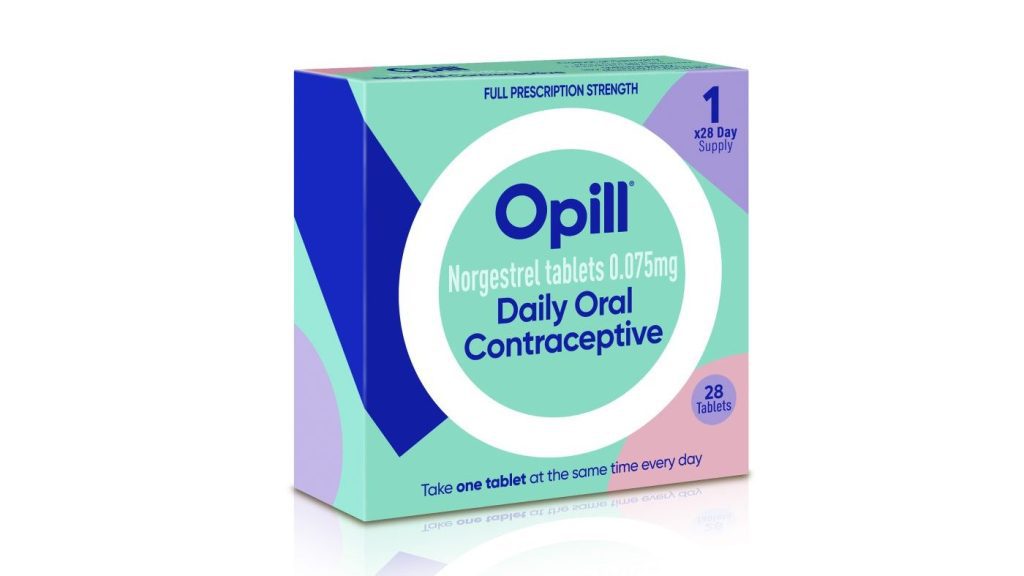Online sales began on Monday for the first non-prescription birth control pill approved in the U.S.
The birth control pill called Opill is available for purchase online at Amazon and directly from Opill.com, according to Sara Young, senior vice president and chief consumer officer at Perrigo, the manufacturer. Walgreens and Walmart will also sell the pill online once they have it in stock. Orders will be fulfilled within 24 to 48 hours and typically arrive in 3-5 business days.
Opill can also be bought in person at Walgreens and CVS, depending on the location. The first shipments were sent out earlier this month, so most other pharmacies and major retailers across the country should have the pills in the family planning aisle in the coming weeks.
A CVS spokesman stated earlier this month that over 7,500 CVS Pharmacy stores will offer Opill starting in early April. Customers will have the option for same-day delivery or to buy online and pick up in store for added privacy and convenience.
Perrigo posted an FAQ on the Opill website, saying that orders are shipped in discreet packaging.
The company assured, "We use plain, unbranded packaging for all shipments."
A monthly supply will cost $19.99, while the company suggests a three-month supply for $49.99. Opill.com also offers a six-month supply for $89.99.
Opill contains a progestin hormone called norgestrel. When used correctly, it becomes effective 48 hours after the first pill and achieves a 98 percent success rate in preventing pregnancy.
Opill has been available with a prescription since 1973, but it was approved for non-prescription use by federal regulators last July.
Perrigo has set up a patient assistance program for individuals who are uninsured and cannot afford Opill, but cost might still be a hurdle.
The Affordable Care Act mandates insurers to cover preventive services including certain types of birth control, but only if they are prescribed. Insurers typically do not cover non-prescription products.
Research indicates that even a small financial obstacle could pose significant challenges to accessibility.
Efforts to make birth control available without a prescription have been ongoing for years, but the movement gained momentum after the Supreme Court overturned Roe v. Wade, ending the constitutional right to an abortion.
While the decision in Dobbs v. Jackson Women’s Health Organization energized the reproductive rights movement, it also made it more difficult to separate the issue of contraception from the politics of abortion. For example, Justice Clarence Thomas suggested in his Dobbs concurring opinion that the Supreme Court should reassess Griswold v. Connecticut, the 1965 decision that established a right to use contraception.
States may impose restrictions on Opill, particularly because it was approved without a minimum age requirement. Pharmacists may also opt not to provide it if they have moral objections to contraception.









